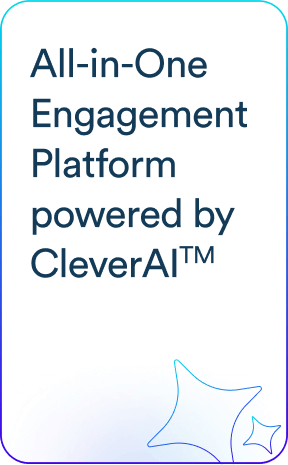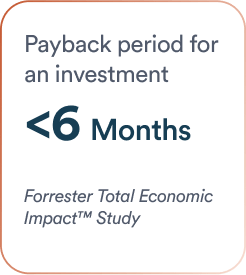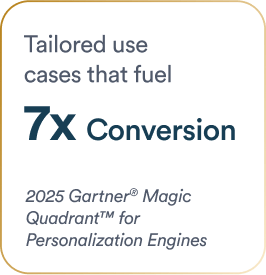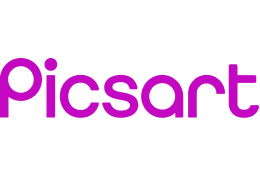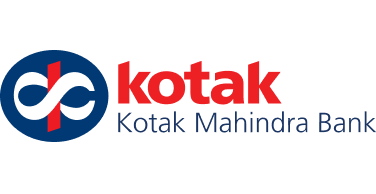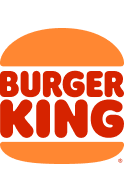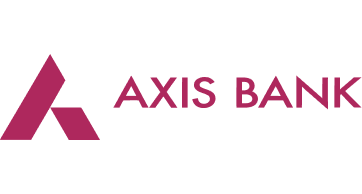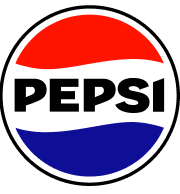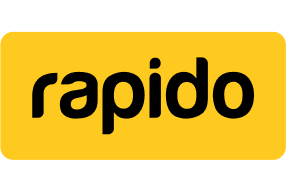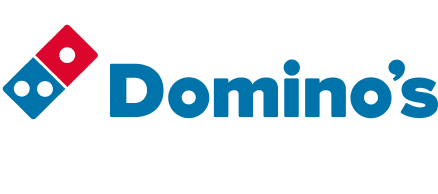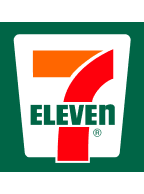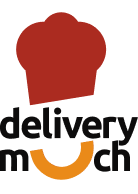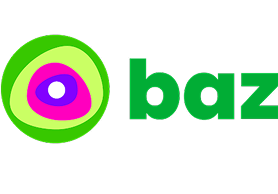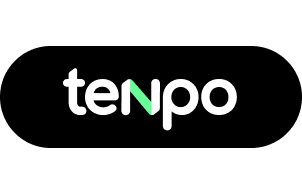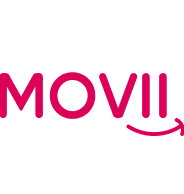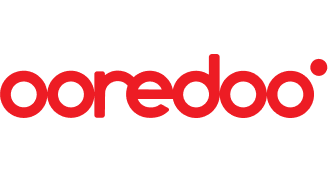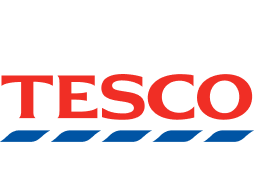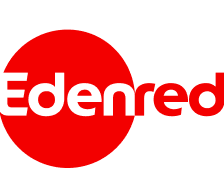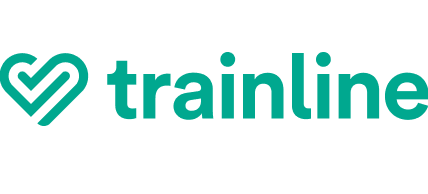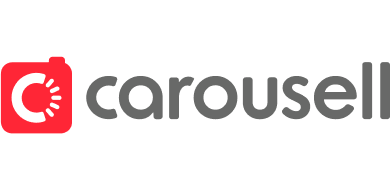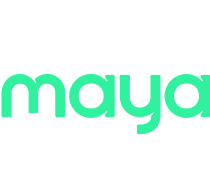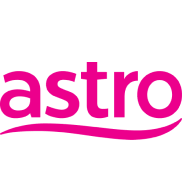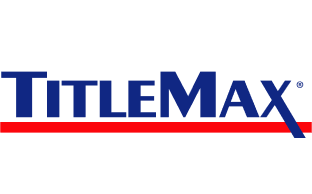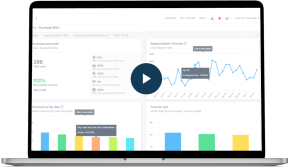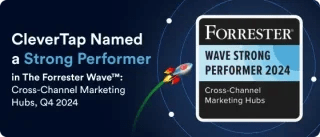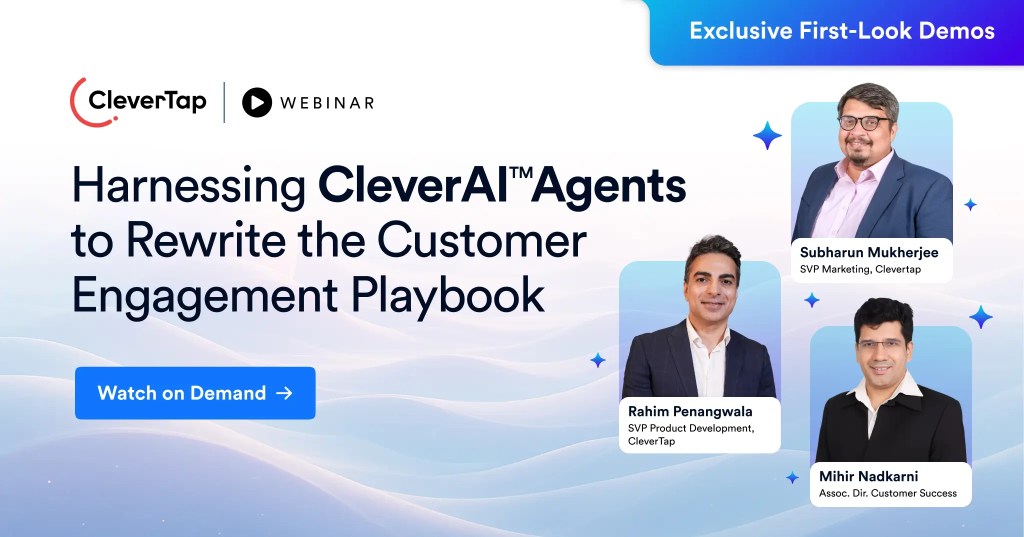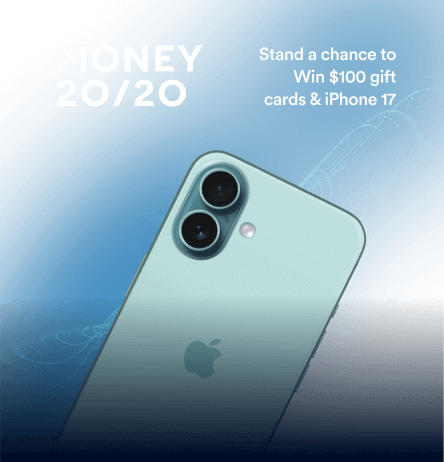Different types of loyalty programs have become essential tools for driving retention and maximizing customer lifetime value across every industry. It is crucial to understand that different customer behaviors, business models, and industry dynamics require tailored loyalty strategies to build lasting relationships.
This guide explores the most effective types of loyalty programs used by leading brands today. It also provides actionable insights to help you choose the right approach for your business goals and customer base.
12 Different Types of Loyalty Programs To Build a Loyal Customer Base
From straightforward points accumulation to sophisticated community-driven experiences, each loyalty program type serves distinct business objectives and customer motivations.
Let’s see how leading brands use different types of loyalty programs to build lasting customer relationships.
1. Points-based Loyalty Program
Points-based programs reward customers with points for every purchase, creating a simple “earn and burn” cycle that’s easy to understand and track. These programs excel at driving repeat purchases by giving customers a tangible reason to return and continue accumulating rewards toward their next redemption.

Example: 7-Eleven’s Rewards program allows customers to earn 10 points for every dollar spent on qualifying purchases through their mobile app.
Members can redeem loyalty points starting at 500 points for items like donuts and coffee, scaling up to 4,000 points for full meals and premium beverages.
2. Tiered Loyalty Program
Tiered programs create aspirational value by offering progressively better benefits as customers advance through different levels. This structure motivates increased spending and engagement while making top-tier customers feel truly valued.
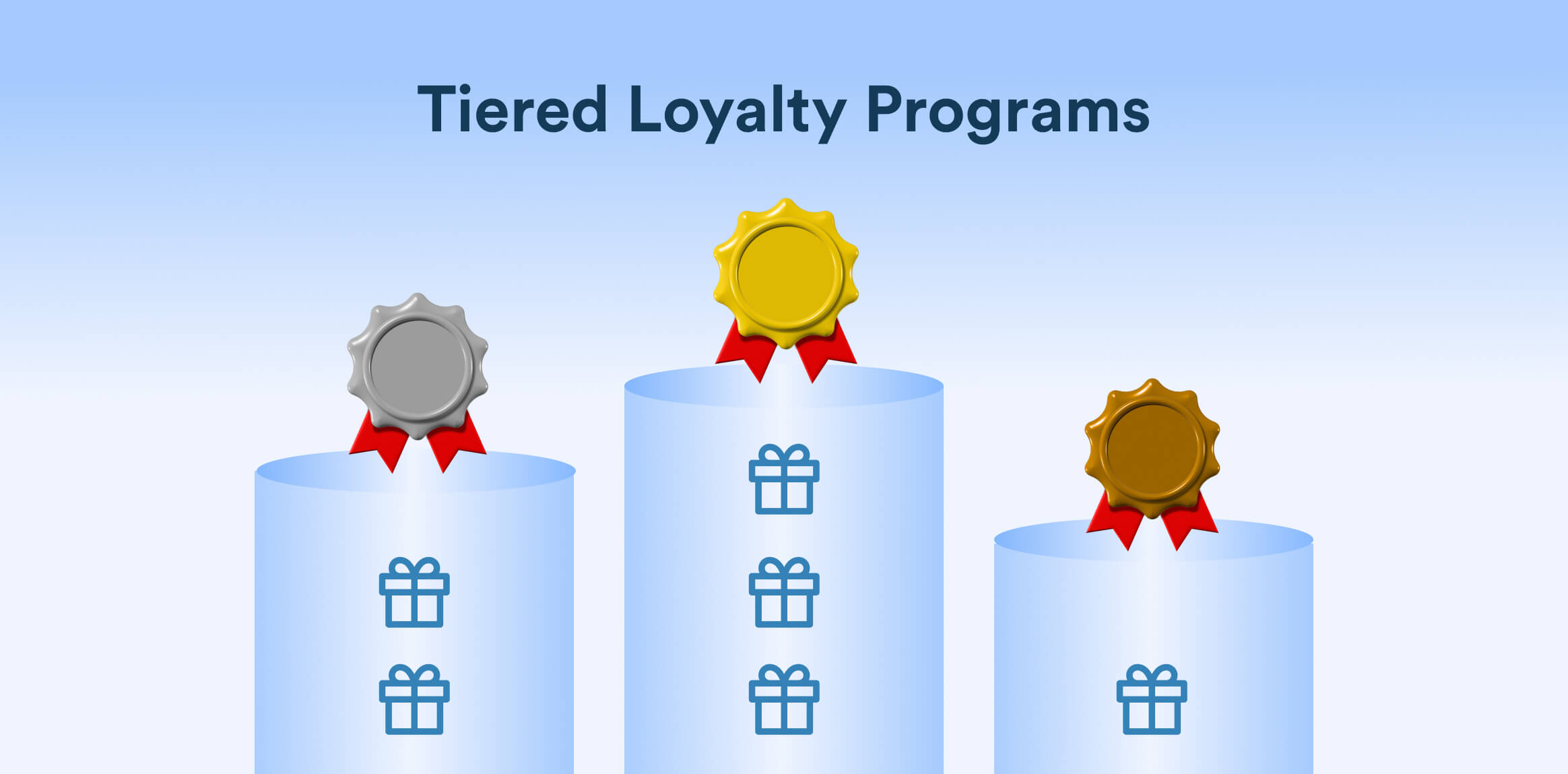
Example: Marriott Bonvoy loyalty program features five elite tiers: Silver (10 nights), Gold (25 nights), Platinum (50 nights), Titanium (75 nights), and Ambassador (100 nights + $23,000 spend). Each tier unlocks increasingly valuable benefits like room upgrades, late checkout, and bonus points.
Silver members get 10% bonus points and priority late checkout, while Ambassador members receive 75% bonus points, suite upgrades, personal concierge service, and flexible 24-hour check-in/checkout.
This clear progression encourages travelers to consolidate their hotel stays with Marriott to reach higher tiers and unlock premium travel experiences.
3. Paid or Subscription-Based Loyalty Program
Subscription-based loyalty programs require upfront payment in exchange for premium benefits, creating immediate commitment and higher perceived value. These programs work particularly well for businesses with frequent customer interactions.
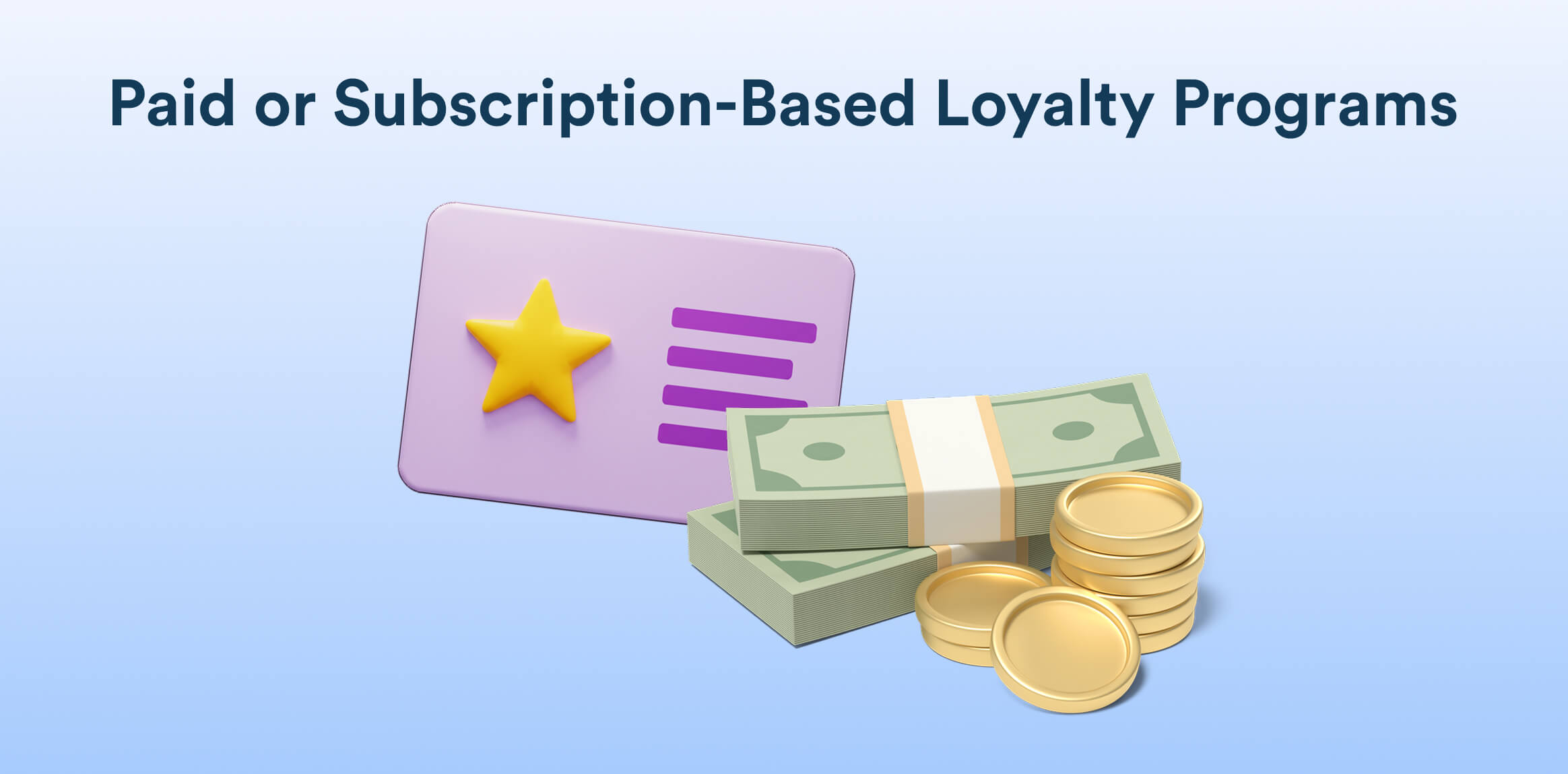
Example: PharmEasy Plus program offers members 5% cashback on medicine orders, 10% cashback on diagnostic orders, free delivery, and early access to sales for a 6-12 month membership fee. Members also receive 10 free doctor consultations during their membership period.
By requiring upfront payment, PharmEasy ensures committed customers while providing immediate value through healthcare savings and convenience features that directly address customer pain points in medical care accessibility.
Read in detail: 8 Subscription and Membership Loyalty Program Examples & Why They Work
4. Cashback Loyalty Program
Cashback programs offer direct monetary returns on purchases, providing immediate and tangible value that’s easy for customers to understand.
This model excels in competitive markets like credit cards, grocery retail, and fuel stations, where customers actively compare costs and seek immediate financial benefits over experiential rewards.
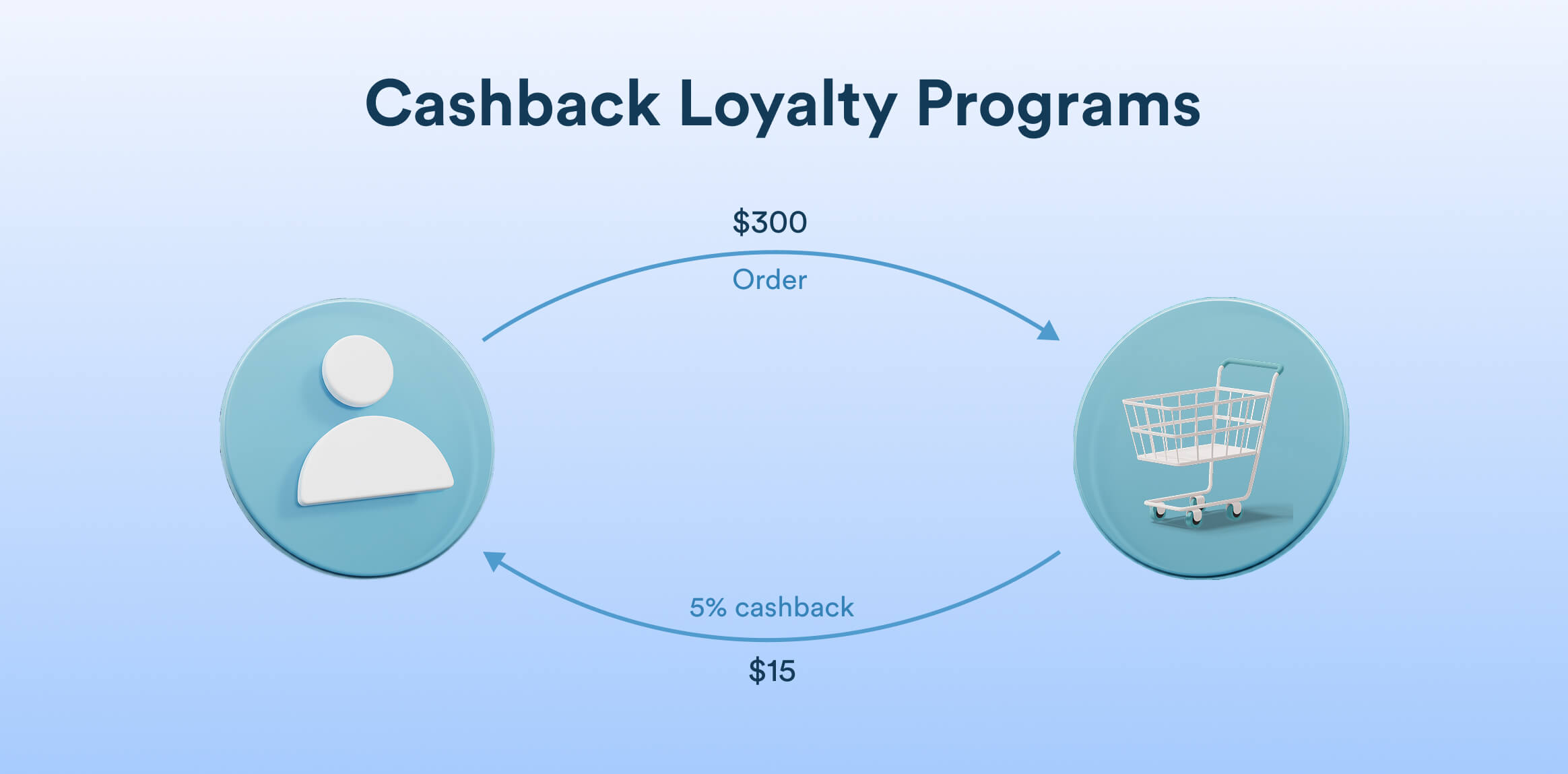
Example: Chase Freedom family offers multiple cashback options: Freedom Unlimited provides 1.5% cash back on every purchase, plus 5% on travel purchased through Chase and 3% on dining and drugstores.
Freedom Flex earns 1% on everything, plus 5% cash back on quarterly rotating bonus categories like gas stations and grocery stores, and on quarterly partnerships with major retailers.
This direct monetary benefit appeals to financially-minded customers who prefer immediate, tangible returns over experiential rewards.
5. Coalition or Partner Loyalty Program
Coalition programs unite complementary businesses, such as airlines with hotels, banks with retailers, or travel companies with payment platforms.
This approach accelerates point accumulation, reduces reward redemption time, and creates switching barriers by making competitors’ standalone programs less attractive.
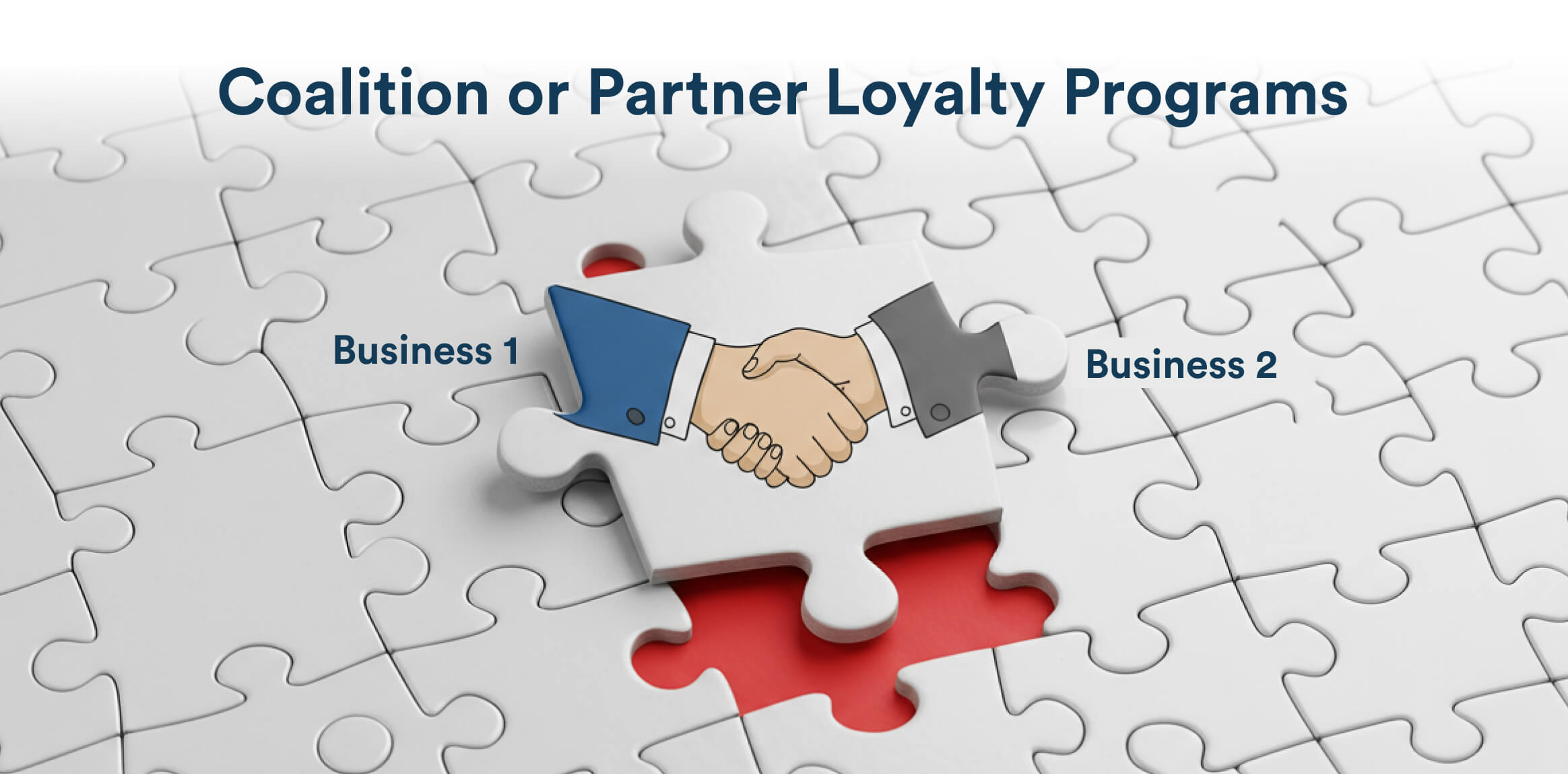
Example: AirAsia Rewards operates as a comprehensive coalition program with over 300+ partners across lifestyle, travel, and financial services throughout ASEAN.
Members earn points through flights, hotel bookings via the AirAsia MOVE app, dining at partner restaurants, shopping with affiliate merchants, and spending with AirAsia co-branded credit cards.
This wide network makes points more valuable and challenging to leave behind when considering competitors.
Get inspired by the best travel loyalty program examples to build your own.
6. Value-Based Loyalty Program
Value-based programs align brand purchases with social causes, appealing to customers who want their spending to make a positive impact. Instead of personal rewards, a portion of profits goes to charitable organizations or environmental initiatives.

Example: Patagonia’s “1% for the Planet” commitment and repair/reuse programs create loyalty through shared values. Customers who purchase Patagonia products know they’re supporting environmental activism and sustainable practices.
The brand’s Worn Wear program encourages customers to trade in used items for store credit, combining environmental responsibility with customer retention.
This approach builds deep emotional connections with environmentally conscious consumers who see their purchases as aligned with their personal values.
7. Punch Card Loyalty Program
This simple model rewards customers after a specific number of purchases or visits, creating clear and immediate goals.
It’s particularly effective for businesses with regular, repeat purchase patterns.
While most major chains have moved away from traditional punch cards to digital points systems, many smaller businesses still find this format ideal for its simplicity and customer familiarity.

Example: Local coffee shops and many independent businesses still use the classic “buy 10, get 1 free” punch card model where customers receive a physical stamp or hole punch for each purchase. Once the card is complete, they earn a free item of equivalent value.
Customers can see their progress toward the reward with each visit, making the next purchase feel closer to “free” and encouraging frequent returns to complete the card.
Discover the cost of building a customer loyalty program.
8. Gamified Loyalty Program
Gamified programs incorporate game mechanics like challenges, badges, levels, and competitions to make earning rewards more engaging and fun. Gamified loyalty programs have been seen to increase loyalty by up to 20%.
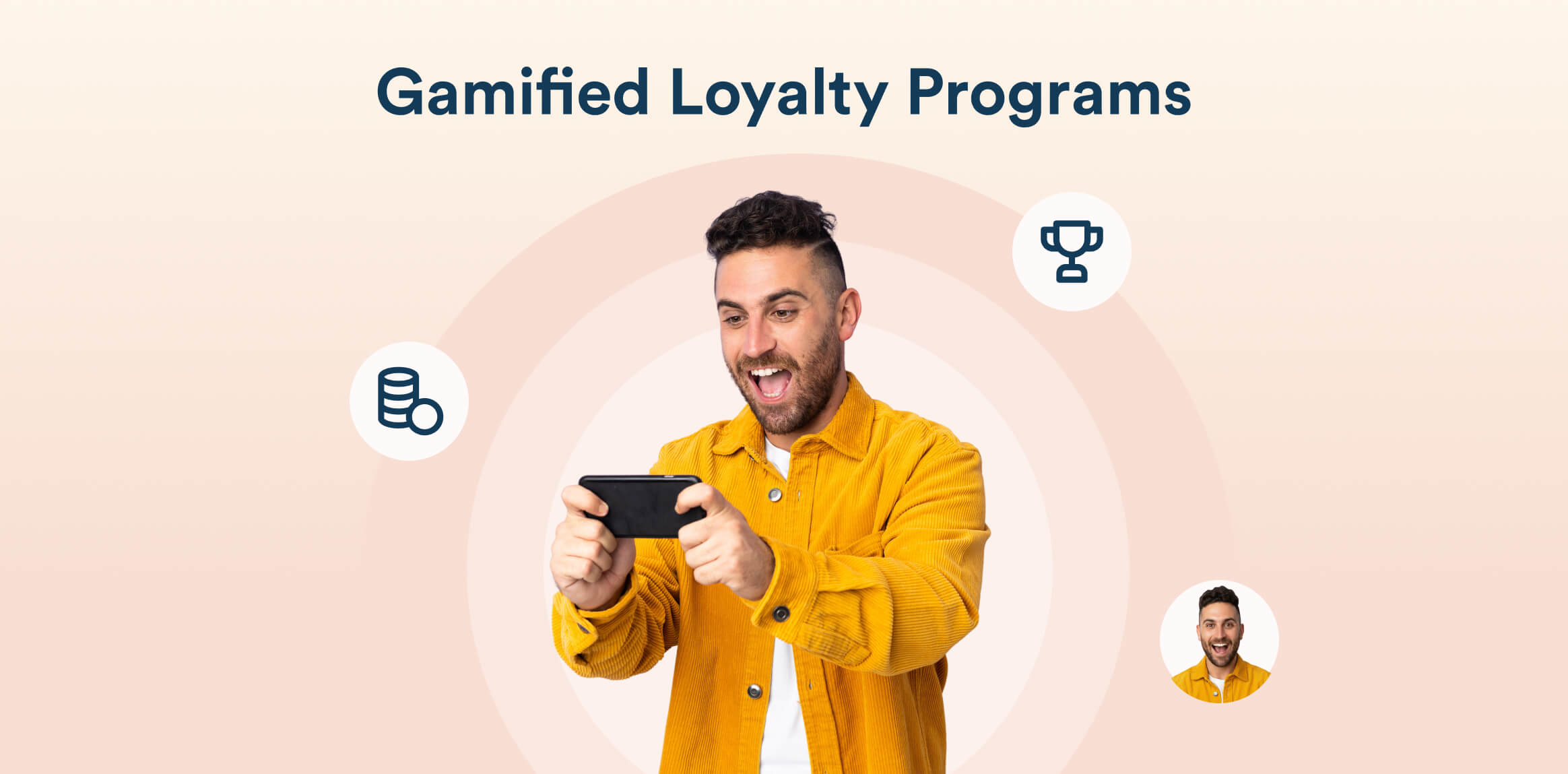
Example: Nike Run Club employs gamification through fitness challenges, achievement badges, and community leaderboards. Users earn badges for completing runs, reaching distance milestones, or participating in monthly challenges like marathons.
This gamification layer adds excitement beyond simple transactions, encouraging daily app engagement and creating memorable brand interactions.
9. Referral-Based Loyalty Program
Referral programs leverage existing customers to acquire new ones by offering rewards for successful recommendations.
This approach works particularly well for service-based businesses, subscription models, and brands with strong word-of-mouth potential, where personal recommendations carry more weight than traditional advertising.
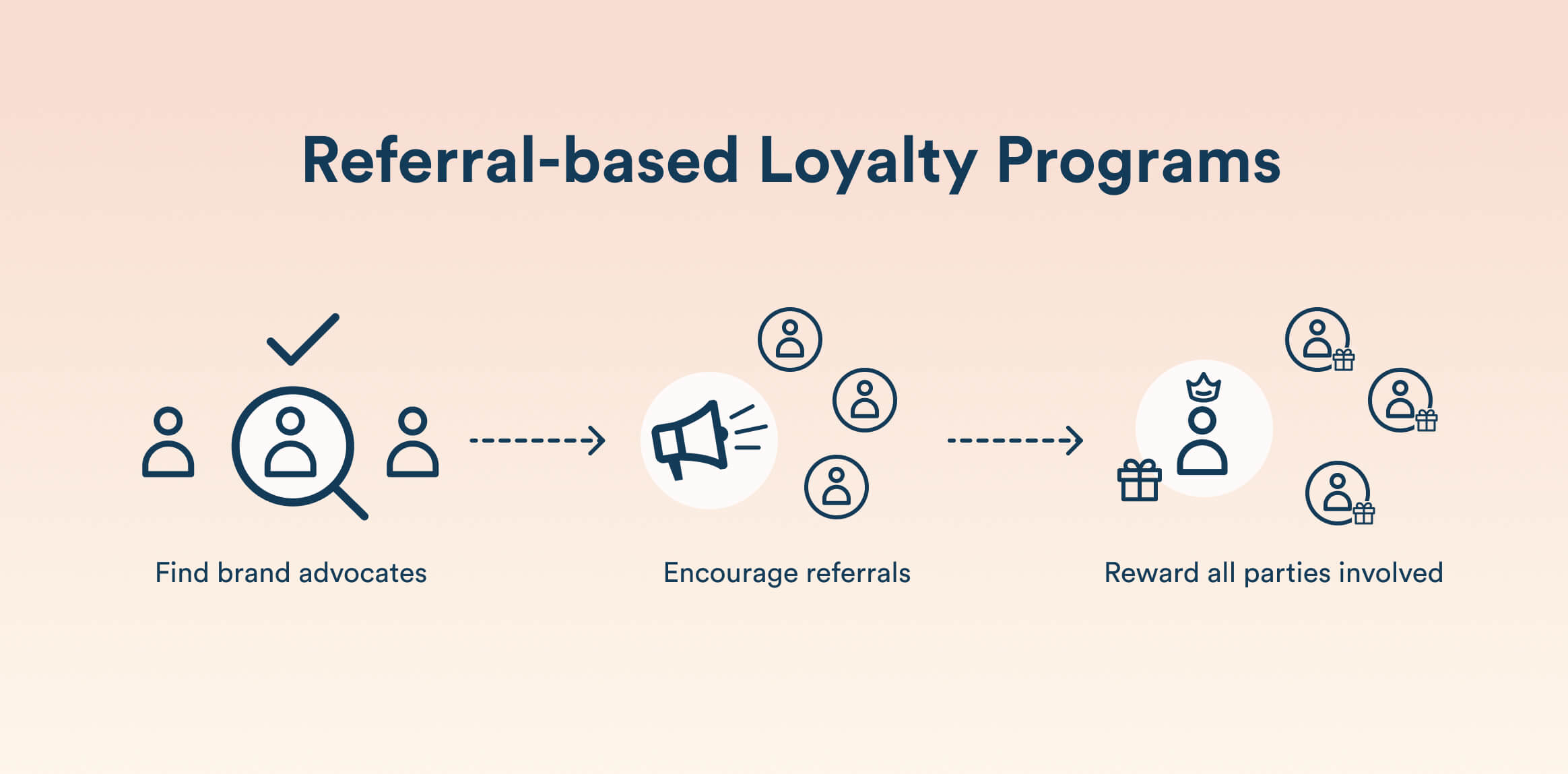
Example: CultFit’s fitness app referral program offers ₹1000 off for new users who purchase a plan within 30 days, while referrers receive a 1-month membership extension for each successful referral.
This way, new users get significant savings to overcome the initial barrier of joining a fitness program, and existing members receive more access to the services they already value and use regularly.
10. All-In-One or Hybrid Loyalty Program
Hybrid programs combine multiple loyalty mechanics – points, tiers, partnerships, and special perks – to create comprehensive experiences that cater to different customer preferences and behaviors.

Example: Domino’s rewards program combines multiple mechanics: members earn 10 points per $5+ order, can redeem at three different tiers (20, 40, and 60 points), receive exclusive member-only deals, and participate in limited-time promotional offers like half-price redemptions.
The program also includes birthday bonuses and special events, creating a comprehensive rewards ecosystem that addresses different customer motivations beyond simple transaction rewards.
11. Community-Based Loyalty Program
Community programs focus on creating connections between customers through shared interests, exclusive events, and social experiences, building loyalty through belonging rather than just transactions.

Example: Sephora’s Beauty Insider Community creates loyalty through shared beauty passion rather than traditional transactions.
The program offers exclusive access to beauty events, masterclasses, and early product launches, while encouraging user-generated content through makeup tutorials and product reviews.
12. Omnichannel Loyalty Program
Omnichannel loyalty programs provide seamless experiences across all customer touchpoints – online, mobile, in-store, and social media – ensuring consistent recognition and reward redemption regardless of how customers interact with the brand.
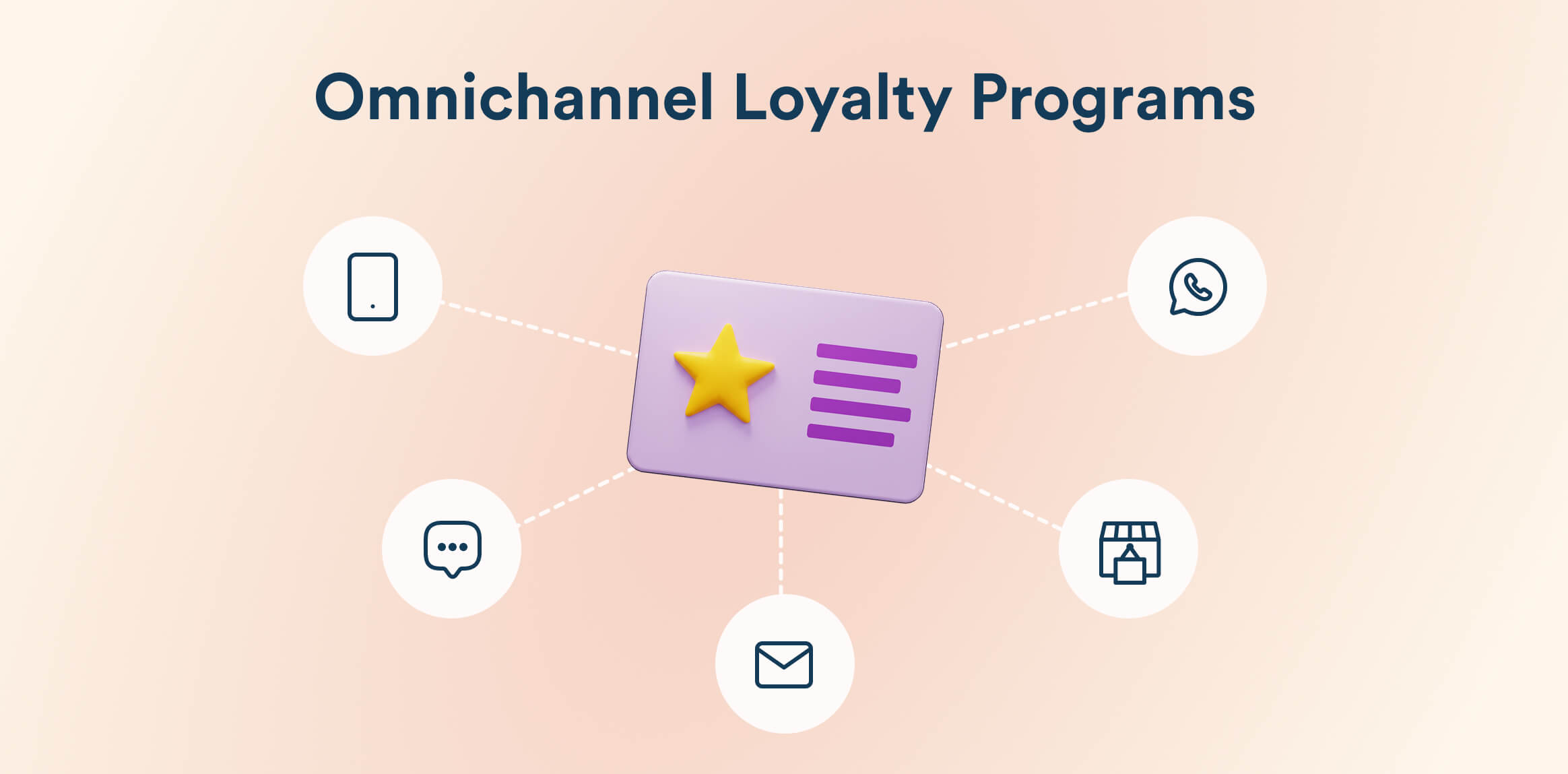
Example: Starbucks Rewards operates seamlessly across mobile app, website, and physical stores, with members earning 2 stars per $1 spent through any channel.
This unified experience ensures customers receive consistent value whether ordering ahead through the app or purchasing in-store.
Alternate Ways to Classify the Types of Loyalty Programs
Beyond program mechanics, loyalty programs can be categorized by their target industry, underlying technology, or the specific customer behaviors they’re designed to influence.
1. By Industry
- Retail: Points-based systems with tier progression focusing on purchase frequency and basket size
- Travel: Mile accumulation with tier benefits like upgrades and priority services
- Fintech: Cashback programs tied to spending categories, often combined with banking products
- Mobile Apps: Gamified systems with daily challenges and social sharing
2. By Technology
- App-based: Native mobile applications with push notifications and personalized dashboards
- QR/NFC: Contactless point collection through quick-scan technologies
- Blockchain-enabled: Cryptocurrency rewards and NFT collectibles for tech-savvy demographics
- CRM-integrated: Loyalty data connected with customer service and marketing systems
3. By User Behavior
- Acquisition-focused: Generous sign-up bonuses and referral incentives to rapidly grow the member base
- Retention-based: Tier systems and exclusive benefits that reward long-term engagement
- Habit-forming: Daily check-ins, streak rewards, and micro-challenges that encourage frequent usage
Bring the Types of Loyalty Programs to Life with CleverTap Promos
CleverTap Promos helps with loyalty program management by enabling dynamic promotions and personalized reward experiences through real-time customer insights and behavior-based triggers. Design every reward with precision using flexible rules, advanced segmentation, and omnichannel orchestration.
The platform delivers comprehensive loyalty capabilities across four key areas:
- Real-Time Rewards Automation: Trigger campaigns when users complete actions or enter lifecycle stages, no development required. Credit points via APIs or dashboard adjustments.
- Flexible Reward Types: Generate coupon codes, apply discount logic to cart or SKUs, and distribute loyalty points, cashback, or vouchers using real-time segmentation.
- API-First Infrastructure: Integrate with your tech stack seamlessly. Display live wallet balances and upload bulk voucher codes with built-in safeguards.
- Analytics & Optimization: Track effectiveness by reward type and campaign goals. Monitor redemption data with built-in budget controls and fraud prevention.
Drive loyalty-led growth with CleverTap’s intelligent customer engagement platform.
Subharun Mukherjee 
Heads Cross-Functional Marketing.Expert in SaaS Product Marketing, CX & GTM strategies.
Free Customer Engagement Guides
Join our newsletter for actionable tips and proven strategies to grow your business and engage your customers.

